We’ve taken a look at the WD Green SSD with that one geared towards the gamers, and general consumers. Now WD decided to let us take a look at its bigger brother, the WD Blue SSD. Ours is the 1TB version, and comes with a 15, 390 retail price for your consideration.
Now this SSD as stated, comes with a 1TB capacity under a 2.5 Inch form factor with a 7mm z-height. The WD Blue SSD also comes in a variety of models and form factors. There’a a 1TB, 500GB, and a 250GB version for both the 2.5″ and M.2 form factors. The technical specification shows that this maxes out the read at 545 MB/s with a write speed rated at 525 MB/s. That’s for both the 1TB and the 500GB version. Learn more here.
Specification wise, we are looking at the current top-end SSD offering from WD with a capacity of 1TB, and the highest Terrabytes Written at 400 for maximum endurance.
PACKAGING AND BUNDLED ACCESSORIES:
There isn’t much when it comes to the packaging of the WD Blue SSD just like the we just reviewed earlier.
Accessories are basic. Well, basically nothing at all like the WD Green SSD. You wouldn’t get a SATAIII cable, nor a spacer here so it’s kinda disappointing.
THE WD BLUE SSD:
The WD Blue is heavier than the Green, mainly due to its metal construction as opposed to the latter SSD’s all plastic approach. This should mean better thermals too.
The WD Blue features a 7mm z-height, so you can easily stow it inside a notebook. Ports are nothing out of ordinary too.
Underneath the WD Green SSD lies its certifications, and serials for documentation. There are also four screw holes located on this area should you wish to mount the SSD on any chassis supporting such mounting holes.
There’s basically nothing else to discuss here. We aren’t allowed to remove the shroud so there’s that.
THE WD SSD DASHBOARD:
The WD SSD Dashboard is a downloadable tool for your WD SSD to check its status, performance, and other extras.
The WD Dashboard supports all the latest WD SSDs, including the M.2 variants of the Blues and Greens.
TEST SETUP & METHODOLOGY:
Our storage device reviews revolves around the use of various storage benchmark tools and real world benchmarks. Our setup fills up the test drive to at least 50% of its capacity. This is done so to negate the FOB (Fresh Out the Box) performance of the drive – ensuring that we are testing the drive according to its real world usage. All tests should be done with the drive attached to the native ports found on our motherboard ensuring that the system is on its optimal storage testing state.
| PROCESSOR | INTEL CORE I5 6600K |
| MOTHERBOARD | ASUS Z170-A |
| CPU COOLER | CRYORIG C1 TOP FLOW |
| MEMORY | CRUCIAL BALLISTIX TACTICAL 16GB |
| GRAPHICS CARD | ASUS GTX 1060 STRIX OC 6GB |
| BOOT DRIVE | CRUCIAL MX100 256GB |
| POWER SUPPLY | CORSAIR RM850X 850W |
| DISPLAY | 27″ DELL U2715H WQHD IPS PANEL |
| OPERATING SYSTEM | MICROSOFT WINDOWS 10 PRO |
The WD Blue SSD comes with approximately 931.51 GB of capacity. It supports TRIM, SMART, NCQ, DevSleep, and APM.
SYNTHETIC STORAGE PERFORMANCE:
The ATTO Disk Benchmark is an industry standard storage benchmark tool aimed to measure the maximum theoretical speed of a drive. It is usually the driving metric where storage companies base their drive’s specified performance.
Crystal Disk Mark is a storage benchmarking software widely used through the industry. It features four synthetic tests for both read and write.
AS SSD is a well-known synthetic storage benchmarking tool in the industry, offering 6 synthetic tests, and 3 copy performance benchmarks.
AS SSD’s copy test should provide us a quick look at how the SSD behaves with certain files and applications. These benchmarks will test both the read and write performance of the drive simultaneously.
REAL WORLD STORAGE PERFORMANCE:
Our real world performance test is courtesy of 24 GB uncompressed files consisting of images, PSDs, and various file formats within a single folder. Accompanying it is another file copy test consisting of 12 GB compressed files. The last one will be a mixture of both, pushing the drive to its limits. The files are copied within the drive, and performance is measured by TeraCopy.
PERFORMANCE ANALYSIS & CONCLUSION:
The WD Blue SSD 1TB is a high capacity drive that has the capacity and performance to back it up. This is actually the fastest SSD we’ve tested on our “current” test system as far as review sample goes, so it shows that WD is not joking around with this product.
Even featuring an average sequential read performance throughout the tests, the WD Blue SSD actually comes at the top as a better solution compared to the other drives on the suite. It has a better 4K read and write performance, which means that this drive should deal with smaller file sizes faster than the other drives.
While the WD Green struggles on the real world benchmarks a little bit, the WD Blue just blazes through it. At our 12GB file transfer benchmark, the buffer of the PNY manages to beat the WD Blue SSD, but beyond that point everything has been taken by the WD Blue. This just showed how good the buffer of the drive is, with a matching write performance to boot.
The WD Blue SSD at 1TB is available now at 15, 390 PHP while the 500GB model retails for about 7, 730 PHP. Both price points are swarming with competition, and it’s hard to topple the current kings of that segment with little to no extra value added solution thrown into the mix. I say a little tweak on the price point could seal you a greater deal, maybe even throw an upgrade kit or have the warranty extended to better suit the drive’s intended usage. Overall, a good deal nonetheless.
|
|
WD Blue SSD 1TB
-
PERFORMANCE - 8/10
8/10
-
BUILD QUALITY - 8/10
8/10
-
AESTHETICS - 7/10
7/10
-
VALUE - 8/10
8/10
Summary
The WD Blue SSD at 1TB is available now at 15, 390 PHP while the 500GB model retails for about 7, 730 PHP. Both price points are swarming with competition, and it’s hard to topple the current kings of that segment with little to no extra value added solution thrown into the mix. I say a little tweak on the price point could seal you a greater deal, maybe even throw an upgrade kit or have the warranty extended to better suit the drive’s intended usage. Overall, a good deal nonetheless.

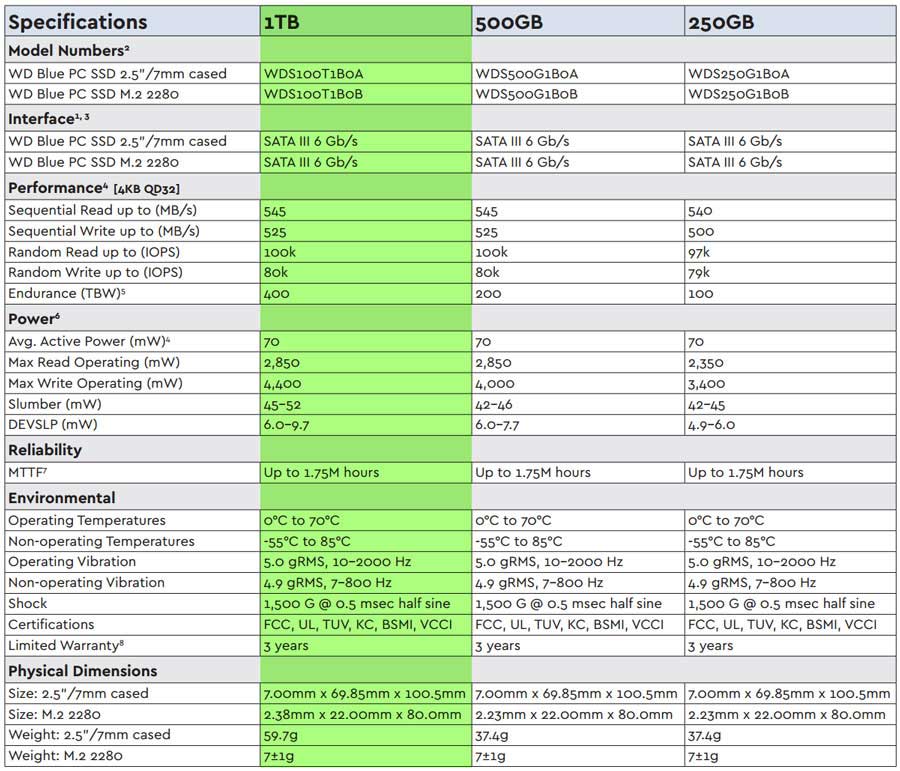
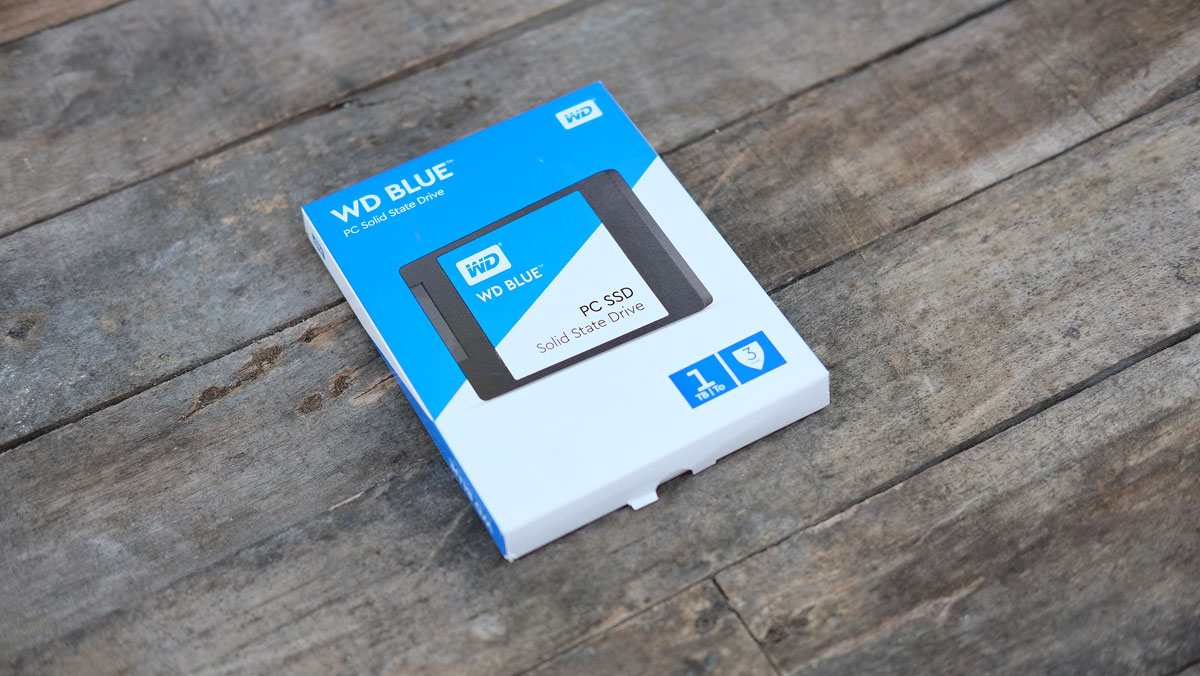
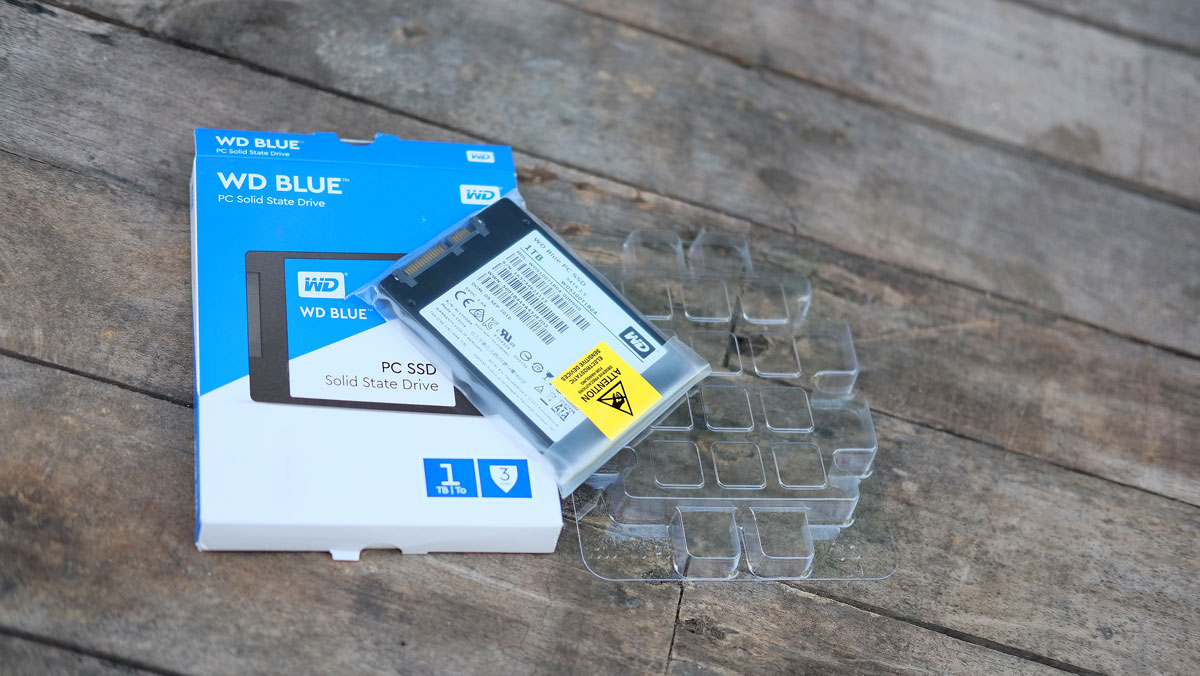
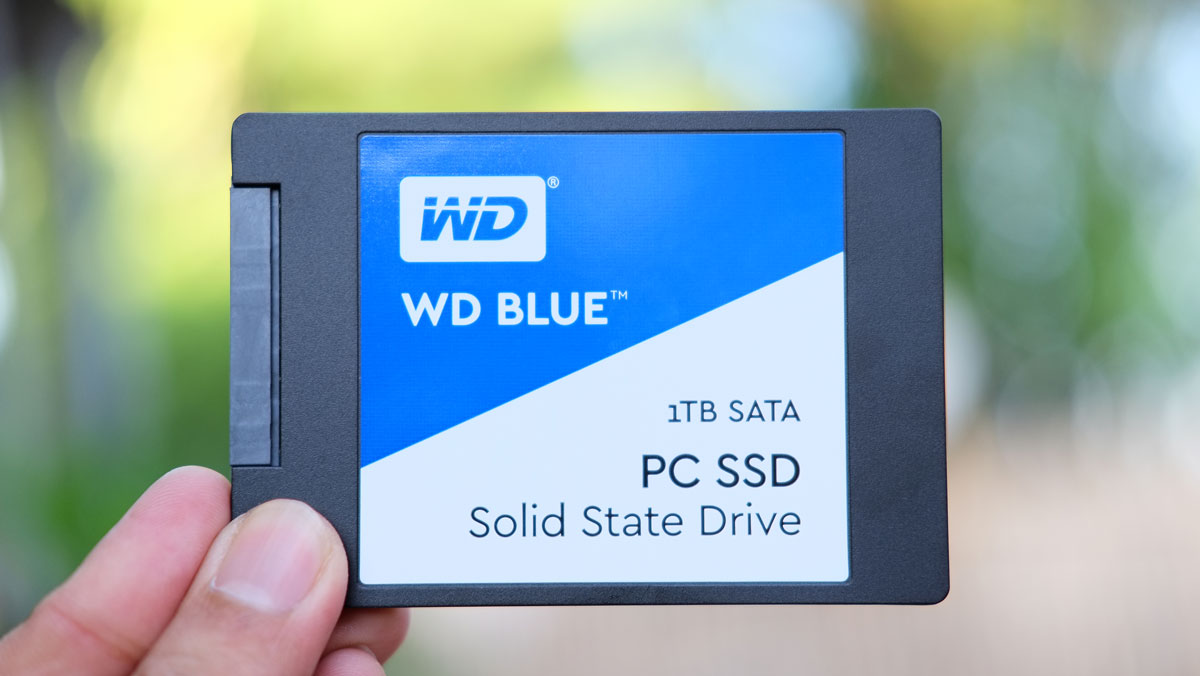
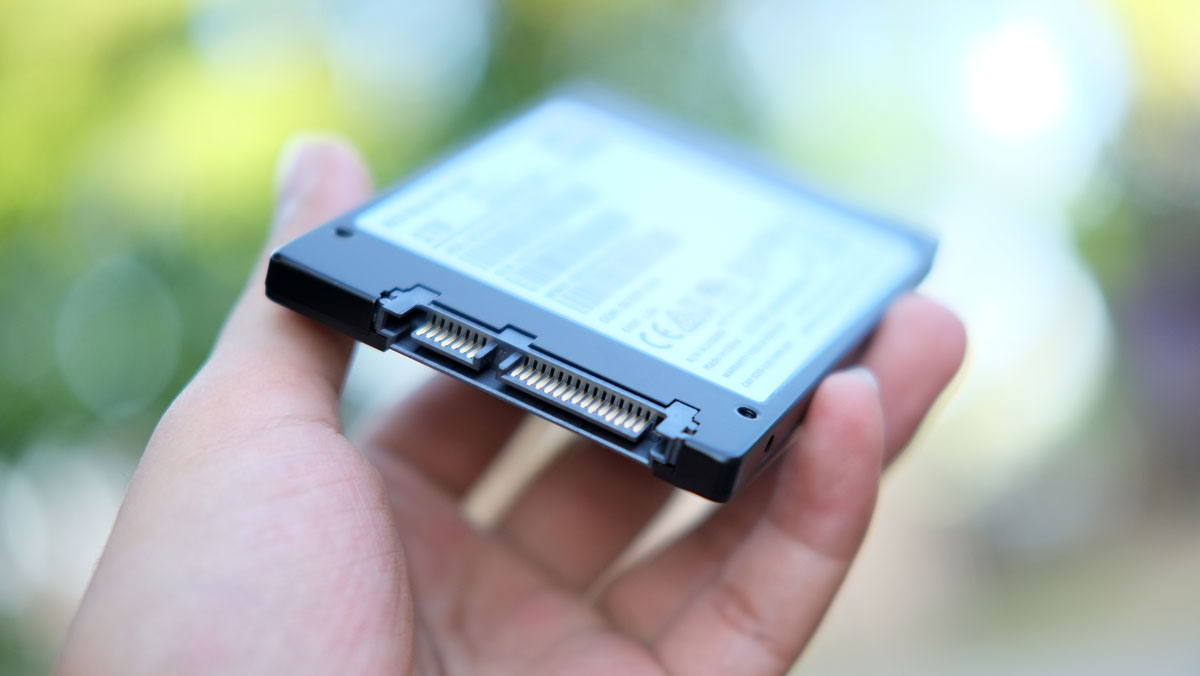
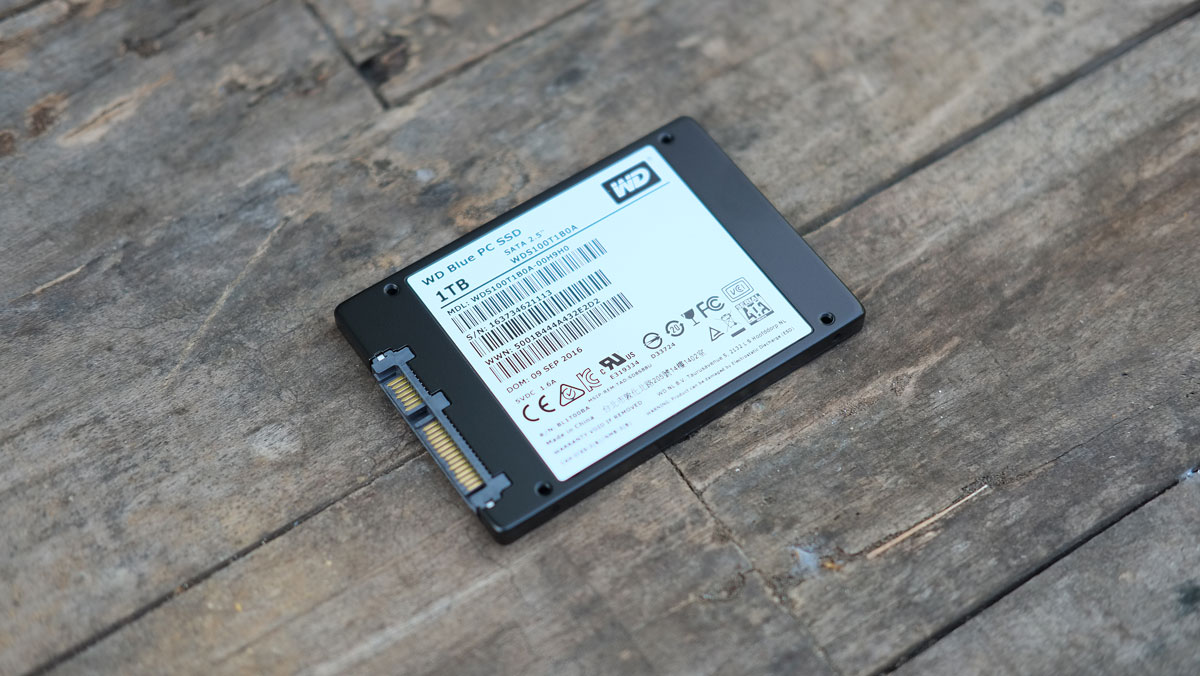
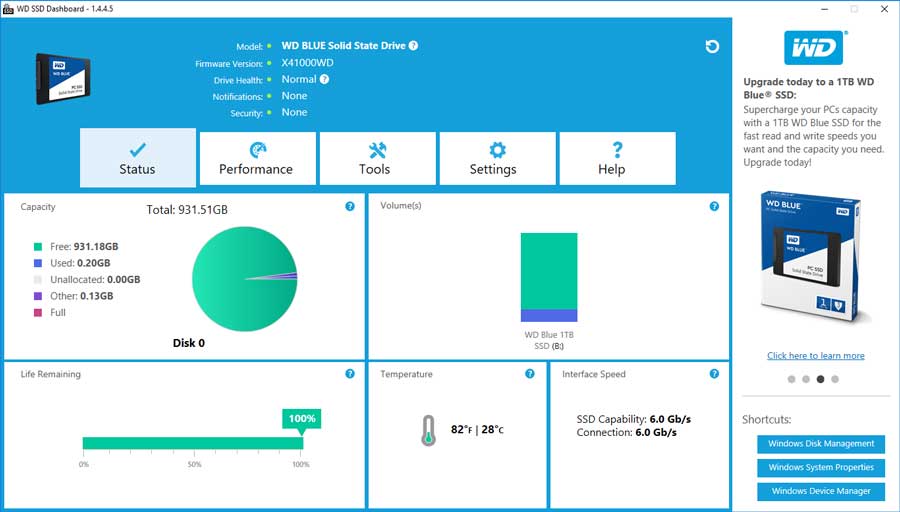
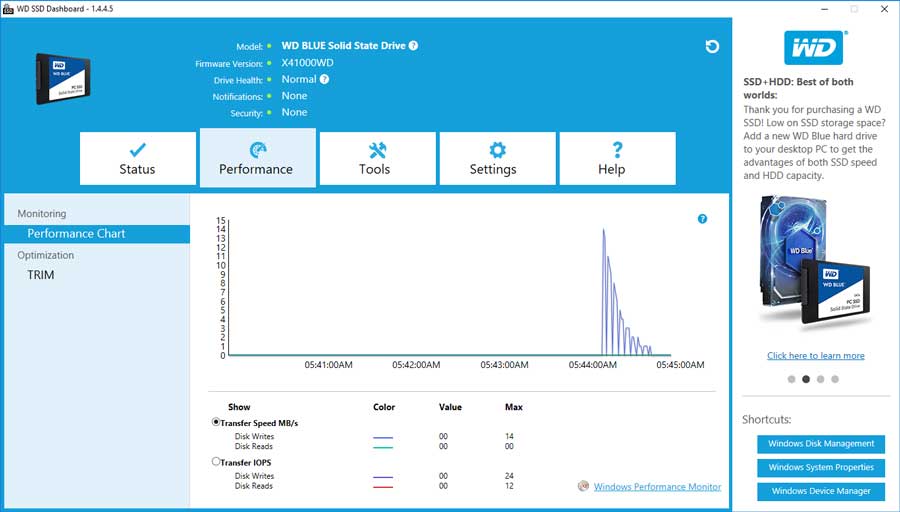
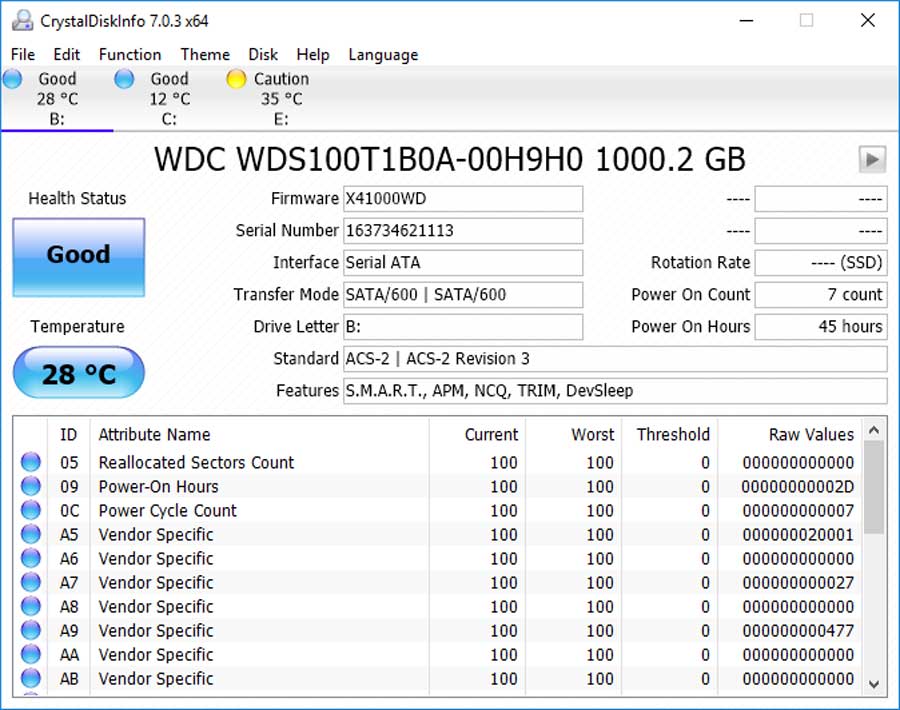
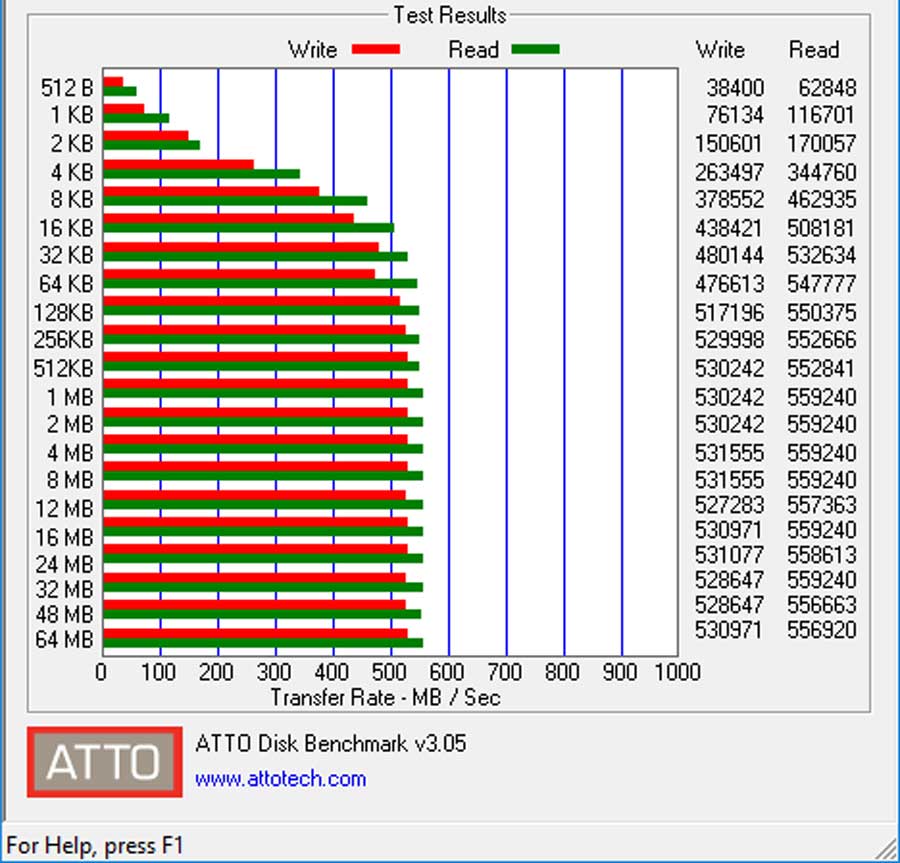
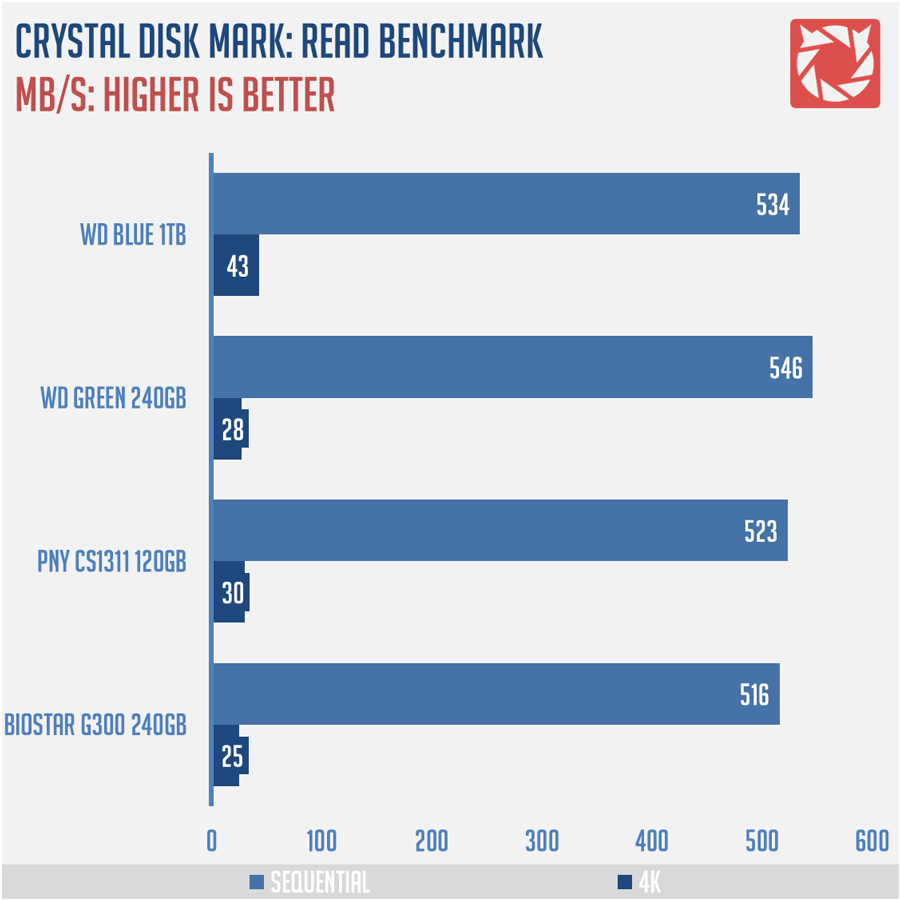
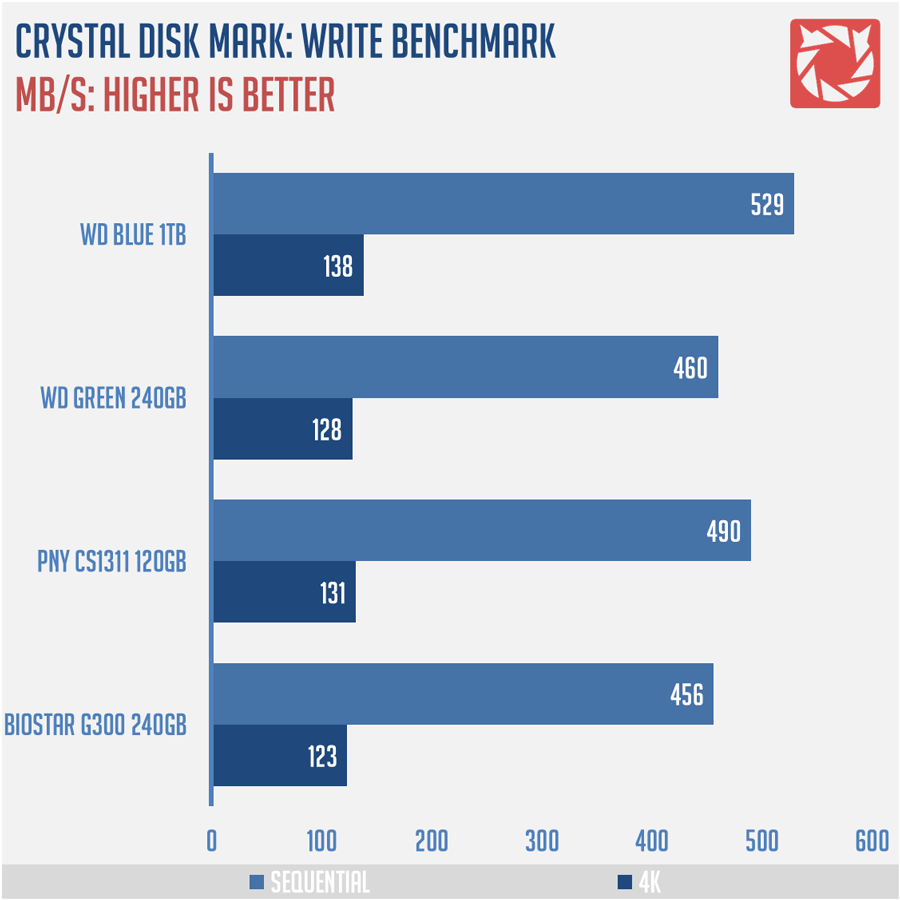
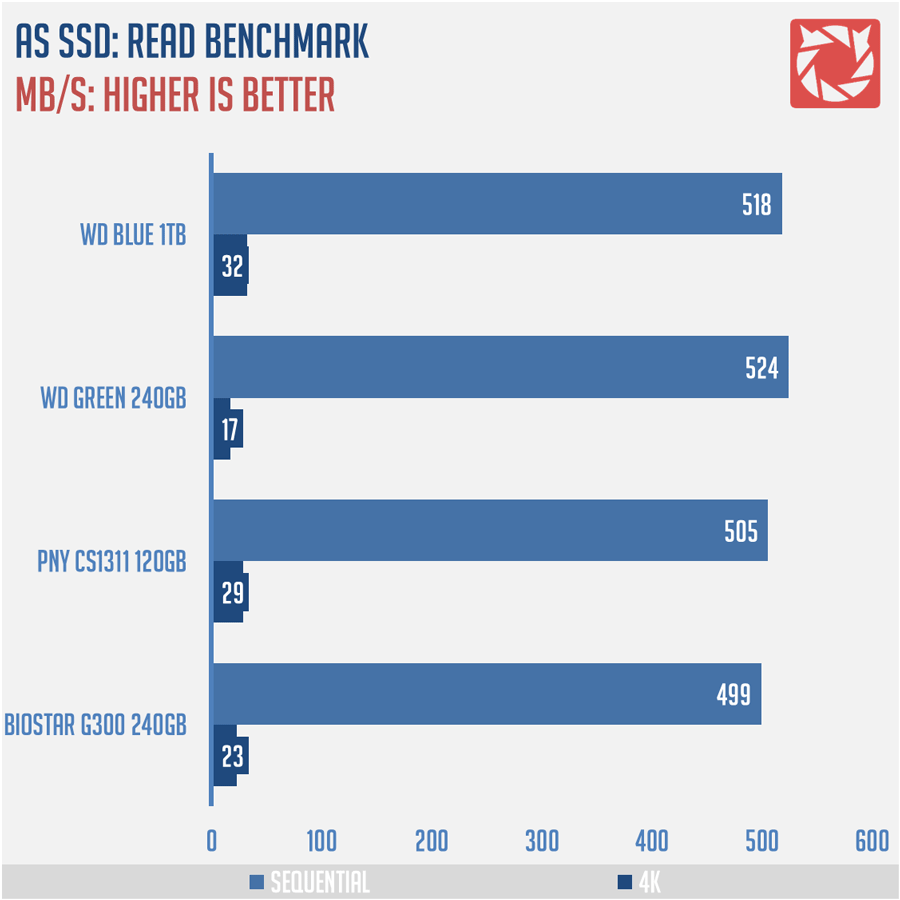
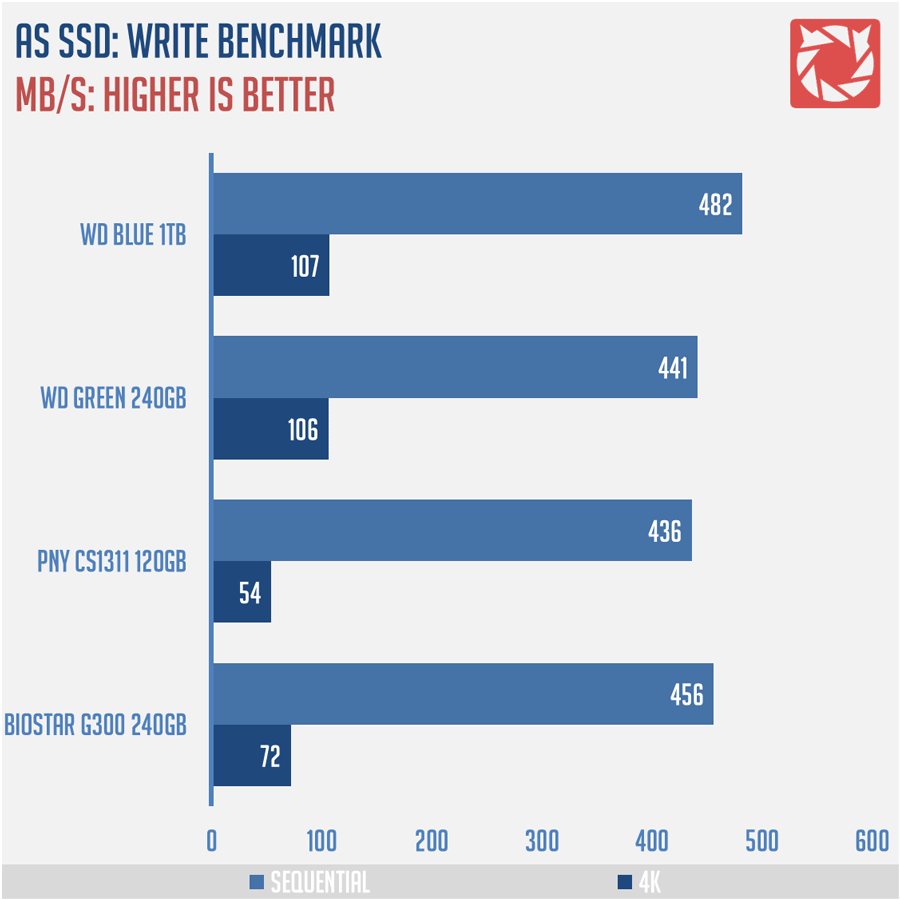
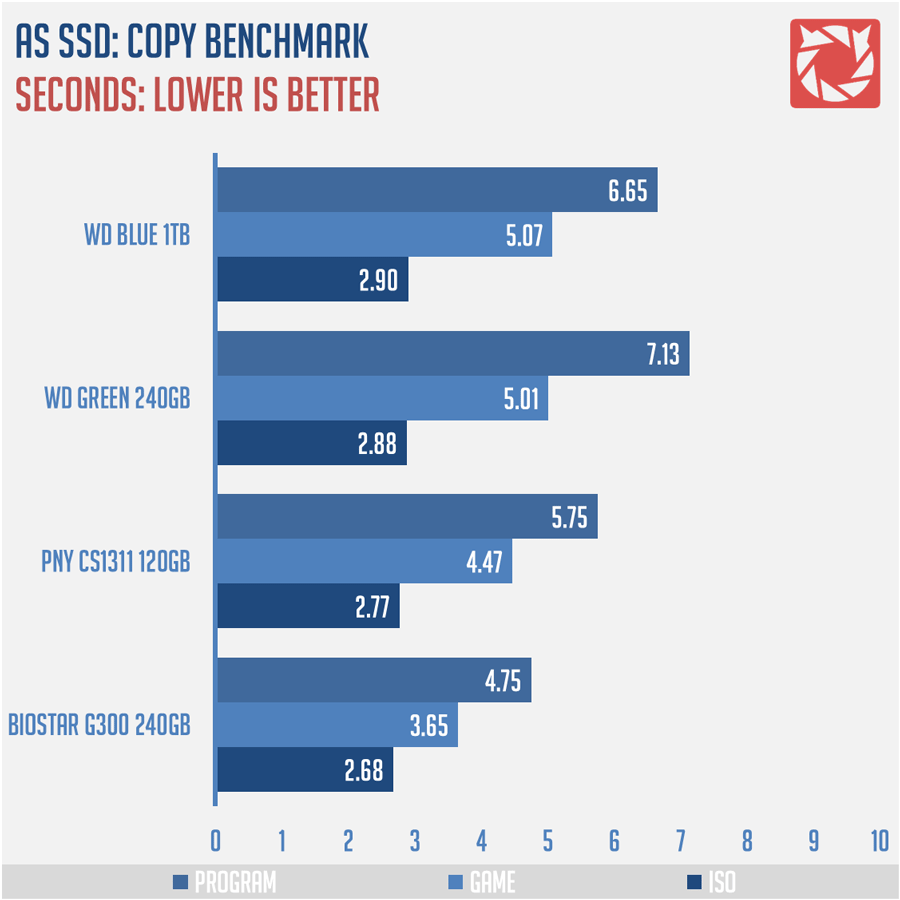
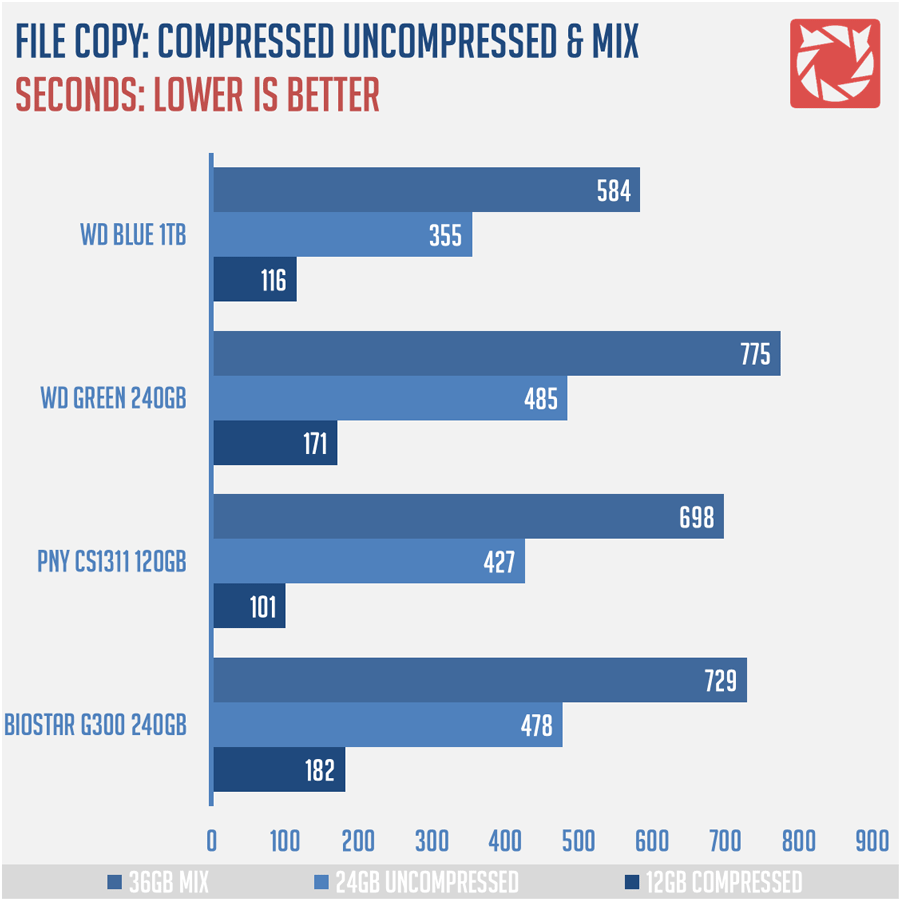
5